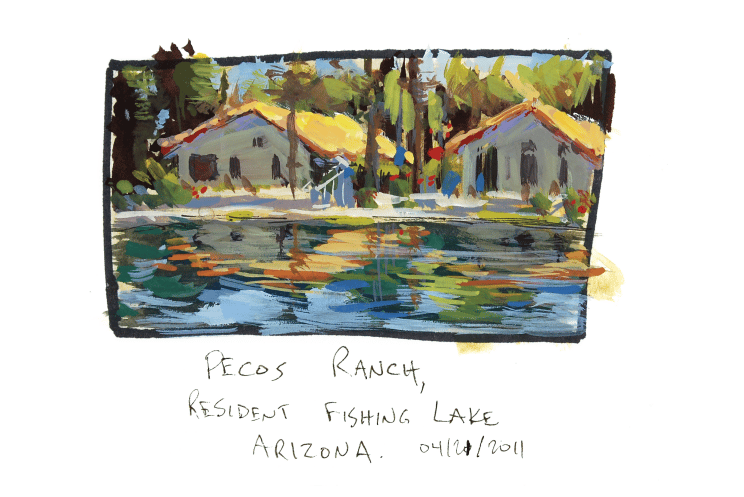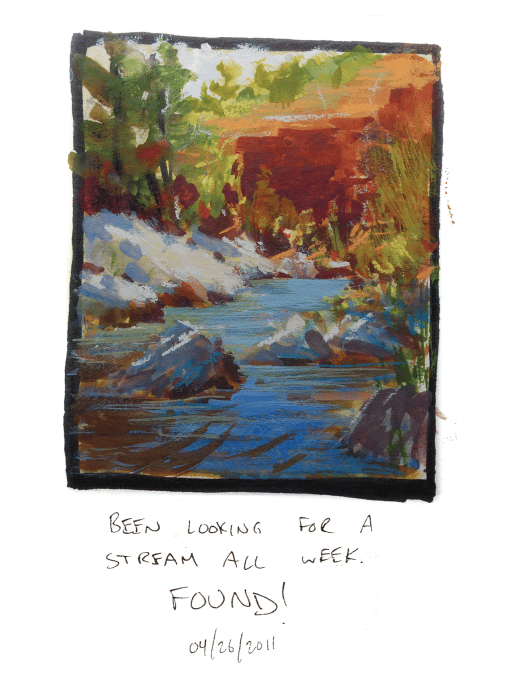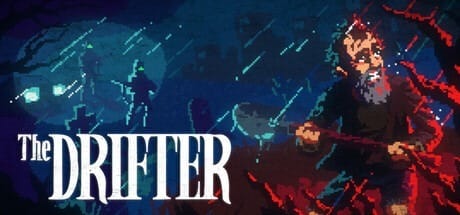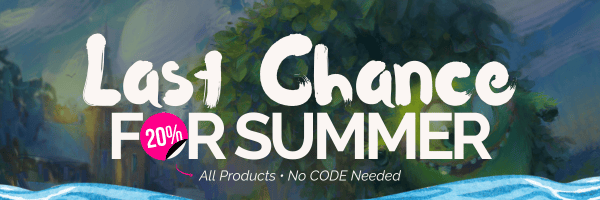- Marco Bucci Art
- Posts
- Beyond Photo Refs
Beyond Photo Refs
How to breathe life into your art
Art Tips: Studying From Life
Disclaimer: I promise to try not to turn this into a “the old days were better” reminisce, and hope to make a solid, relevant point by the end!
Having gotten into this whole art thing around 1995, I’m old enough to have witnessed the critical years of art’s transformation from a predominantly analog activity, to the now-ubiquitous digital nature of mostly everything. Yes, making art digitally was a thing in ‘95 (Myst and Toy Story were both huge early inspirations that helped shape my career), but when it came to studying art, nobody was really using digital tools… at least, not at the student level. I began my serious study of art in 2001, and even then art students were life drawing on 18x24” newsprint pads, painting with gouache or acrylics, and we all carried physical sketchbooks with our pens and markers around.

A page from Small World, a book compiling my traditional plein air art from 2010–2015.
Because of the lack of digital tools (no phones either, btw), we also did the vast majority of study from life, rather than from photographs. We drew from the live model, and painted scenes we witnessed from sidewalks and parks. Fast forward now twenty-five years, and it would appear that studying from life is in the low, low percentile of how students engage with art study. And please don’t mistake me: I totally get why this is, and if I were a younger student today I’d absolutely be doing that, too.
But I am also reasonably sure that working from life offers a deeper connection with study. I can list a number of reasons why I think that, but I will focus here on maybe the biggest one. It’s that you are the only filter between the subject and the artwork. Real life, being, well … alive, asks you to call upon your own intuition on how to freeze a moment, and quickly categorize what you believe is important about it. Reality is fleeting, always changing. You are more likely to latch onto certain aspects of a scene, and disregard many others. Because your fovea only works in a limited range, most of what you experience IRL isn’t detail-related at all, but stimulates your other senses, forming a more … let’s call it dimensional interpretation of what’s around you.
That sense of life - the ability to capture not only visual information, but emotional/experiential information - will filter into your art, if you study it. And real life is where you will find it in its most concentrated form.
I remember once talking to a painter about how good Craig Mullins’ work is. He said something I’ll never forget: “With Craig’s work, you can smell the air.” Since that day, I always wanted that to be in my art. Something that speaks to a life being experienced, on top of also being a pretty rendering.
Can you learn art from photo-study? Yes, of course … and you should (I do!) But don’t forget that studying from life is still an option that you have, and could just be the thing that’ll help separate you from the pack!
What I’m Working On: YouTube Video Styles
I am trying to shake up my usual YouTube video methods. Having made videos for the platform since 2009, I now have a certain way of doing things. While I still am proud of the ~100 videos in my catalog, I’ve come to the realization that the way I create videos may actually be working against me. I’m pretty slow (averaging 1 video per month), and I don’t leverage things like live-action so much. I also never really do “conversational” videos that don’t heavily rely on visual overlays. So while I’m not going to abandon my usual style of video making, I’ll be starting to experiment with other types of video styles, too!
The Art Industry: What AI Cannot Do
The whole AI thing was one of the inspirations behind my study-from-life piece above, and I’d like to expand on it a little bit here. Capturing a sense of life or lived-experience is one of the things AI is absolutely terrible at (because, you know, it’s not human), and probably represents its largest hurdle. The industry was already saturated with new-grads, even before AI hit the mainstream. Now with it acting as yet another competitor (ugh), I’d argue it’s even more important to study from life, so that your art even has a chance of standing out! As a teacher, I’d like to think I can tell almost instantly who studies from life and who doesn’t. But it doesn’t even take a trained eye to notice, because if your art truly does capture a sense of lived-experience - that means that anybody, artist or not, will be able to feel it!
If you can hit someone in the feels, they’ll remember you. That’ll never change.

A page from Small World, a book compiling my traditional plein air art from 2010–2015.
Worth Checking Out: The Drifter
I’m an old-school PC gamer, and my favorite genre was always point-and-click adventure. Sam & Max, Day Of The Tentacle, Full Throttle, Monkey Island, King’s Quest, etc. So when a modern studio decides to dip their toes into that style of game, I am all in. Today’s recommendation is 2025’s The Drifter, produced by Powerhoof. You play as a drifter caught in the crossfire of a brutal and creepy underground crime syndicate. Is it 8-bit to the max? You bet! So far it’s rich with story too, and I also enjoy that the developers seem less interested in the ‘try every item in your inventory until something works’ approach, in favor of a more narrative-driven experience (you’ll see what I mean when you play it.) I’m only on Chapter 2 as I write this, but I am loving every bit of it!
Real News for Real People — Not Partisans
Feeling like you want to get off the rollercoaster of polarizing politics? Read Tangle — an independent and nonpartisan political newsletter recently profiled on This American Life for helping to bridge the gap between politically divided families. Each day, the newsletter unpacks one important news story, examining it from all sides of the political spectrum.
P.S. Last Chance for Summer ends in a few days!



Reply